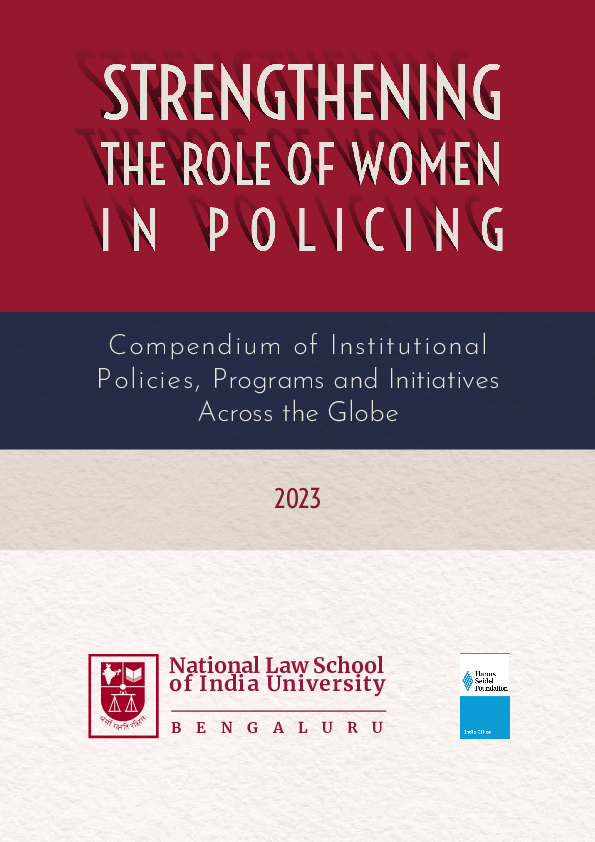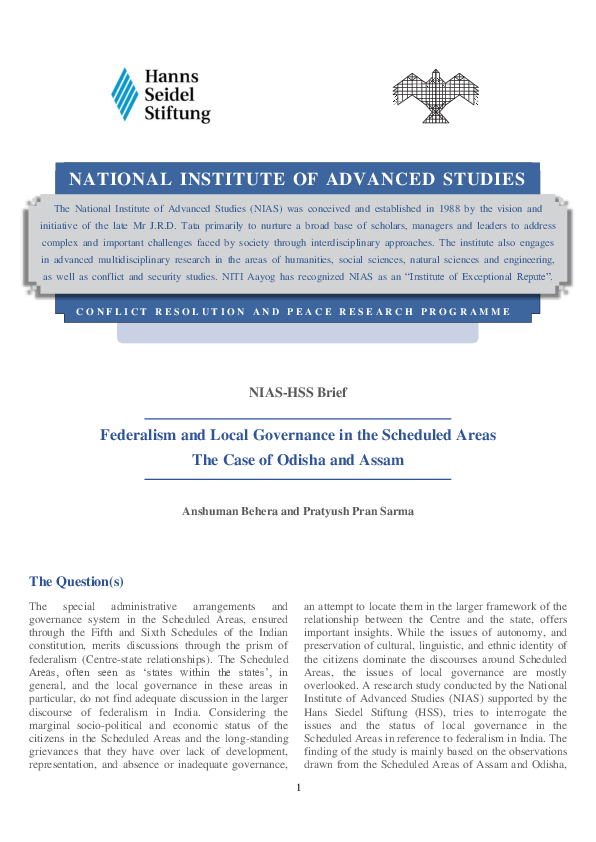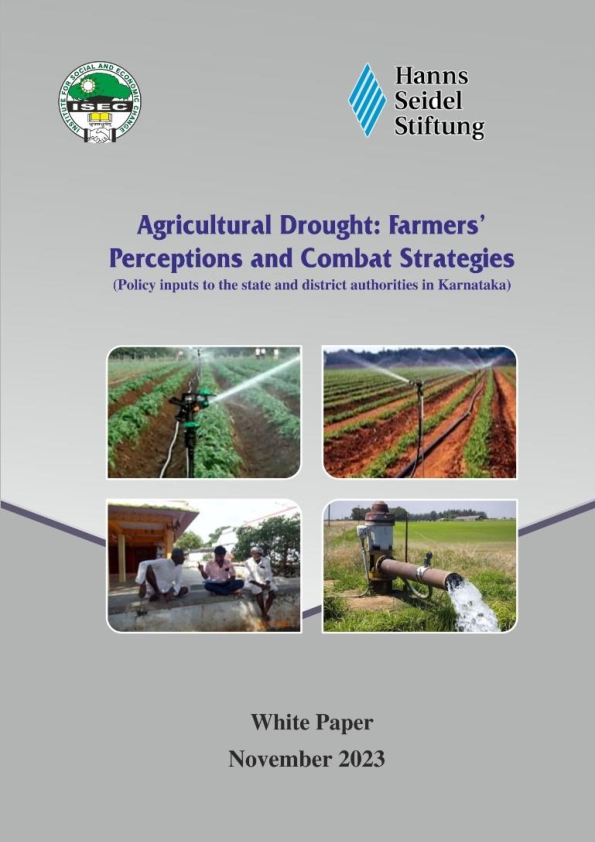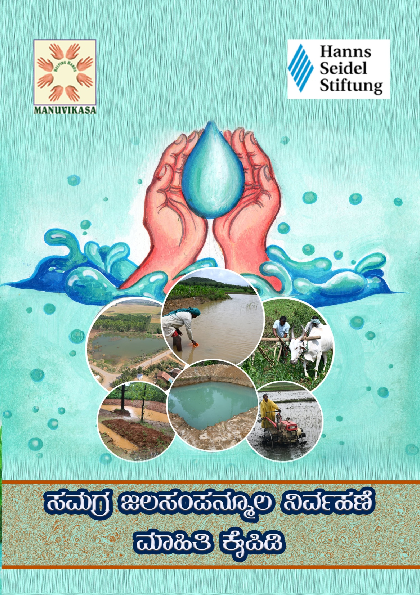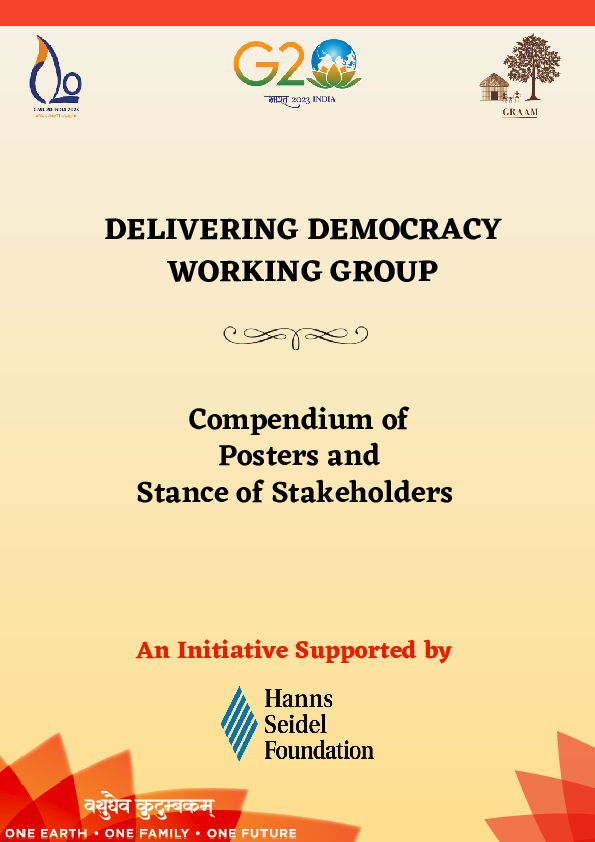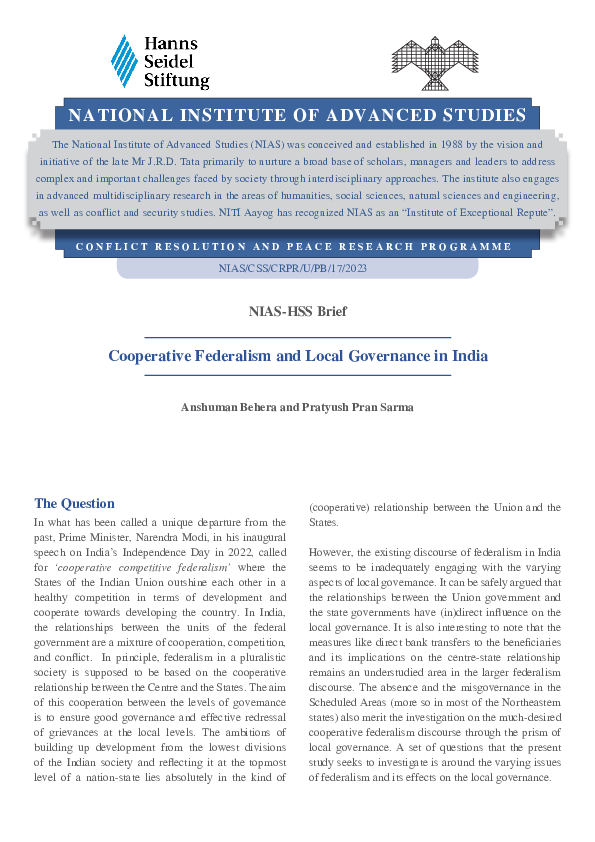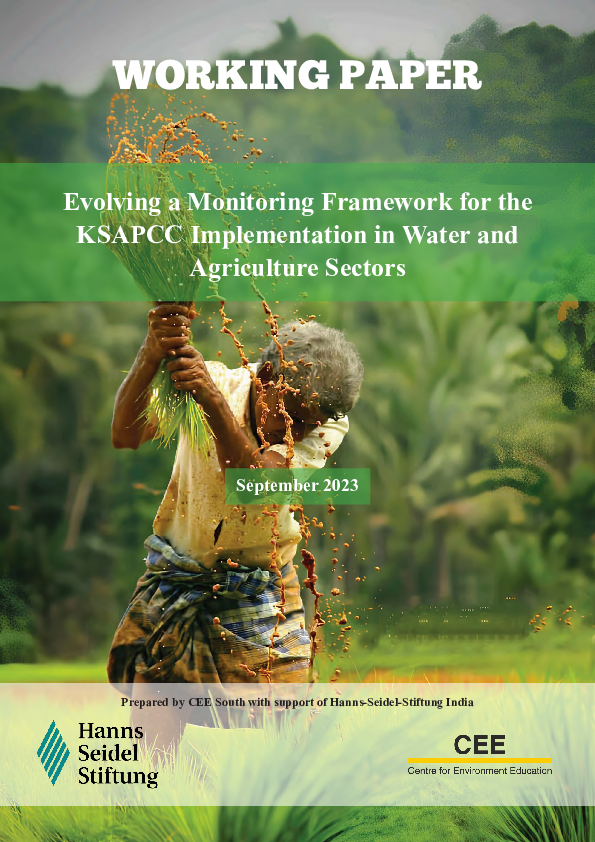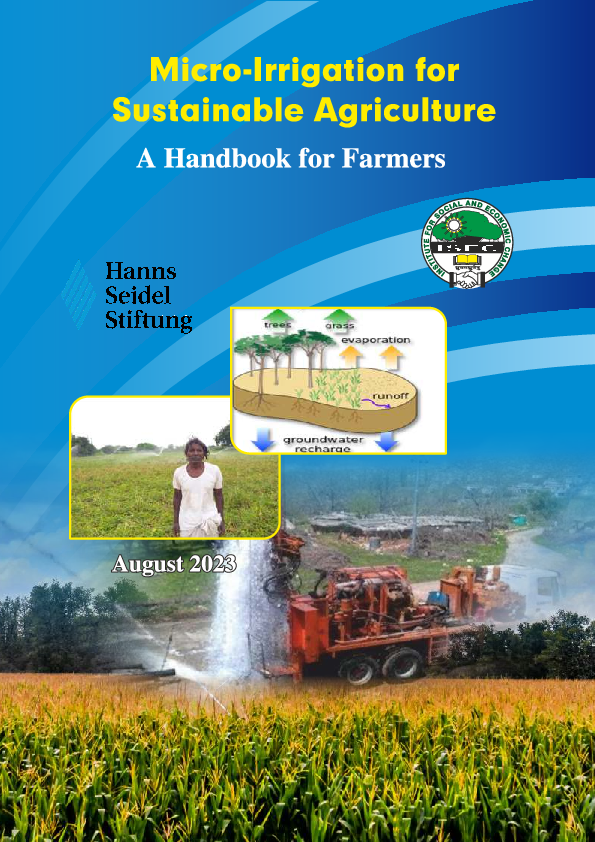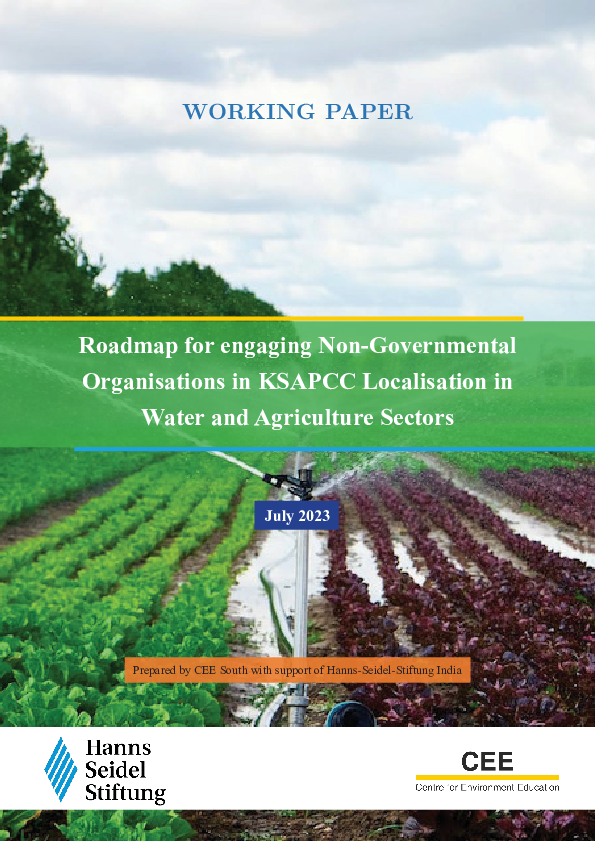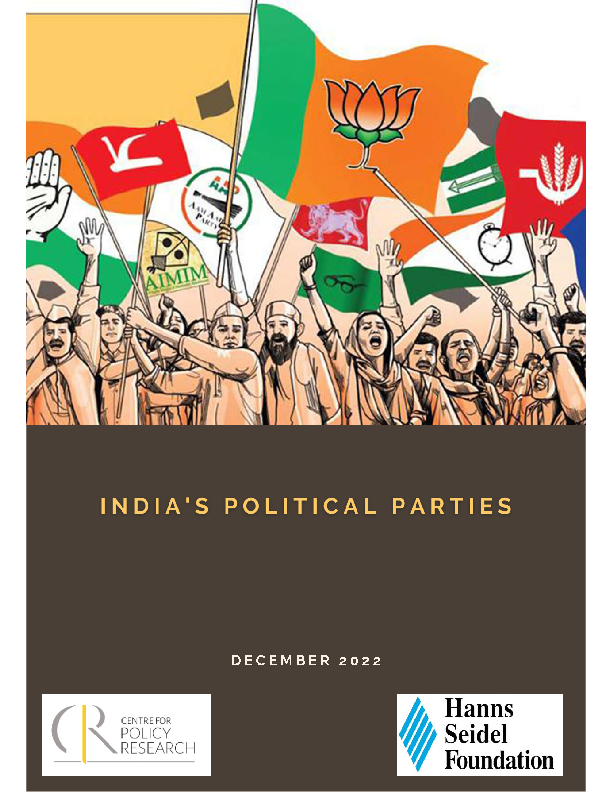Publications
HSF's central search interface for its worldwide stocks of publications is the new online library Esearcha of the Knowledge and Information Database. This archive includes India-related publications in German or English and publications of our collaboration in India in English. You can directly access it through the integrated search function below.

